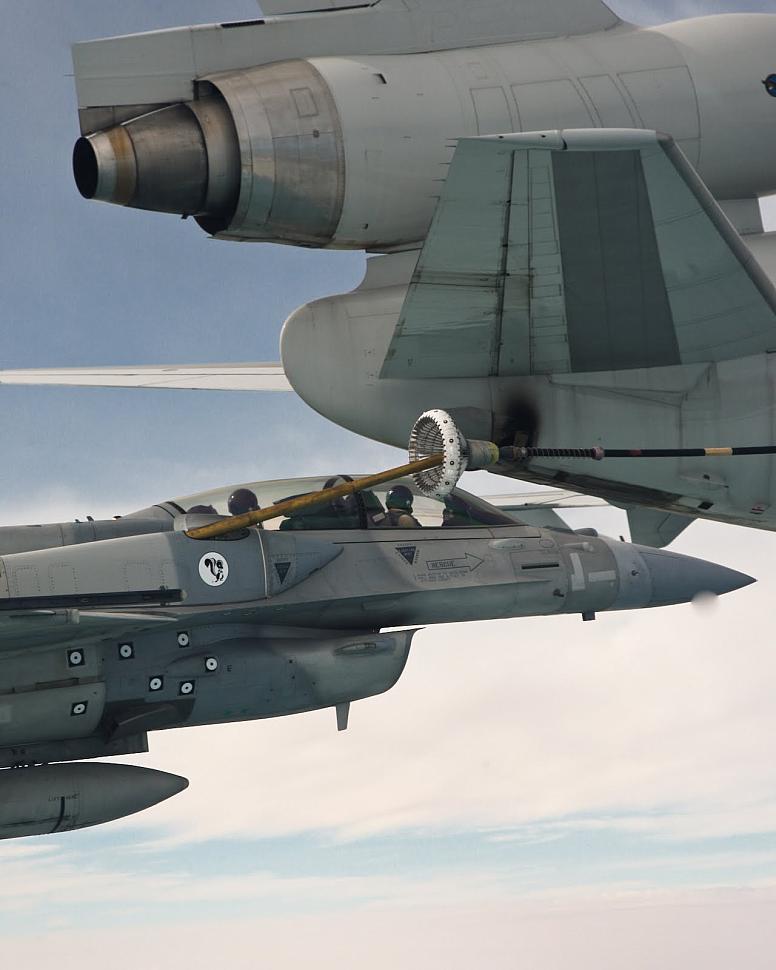While at a program level, issues like the progress of the AMCA program may offer some I signt into the forces
at work at a Moe generic technology level, there is a reasonable thrust towards 100% indigenization which seems
unaffected by any lobby. The delay in these programs is more due to beuracractic inertia and lack of govt. structures
to coordinate such large programs. Lack of an Indian Darpa is causing these issues and the creation of entities
like the army design bureau does help move things a bit.
The likes of IITs have started floating dedicated R&D and design centres to focus on specific areas. A case in
point is the centre for combustion at IIT M . Expect to see a lot more of these. They are independent societies without
Govt salary restrictions or adherence to govt hiring norms. These centers have started pairing up with pvt sector
entities for strategic products. Localization goals are typically update of 80-90% for these programs. Basically LCD
displays, GaN parts, chip fabrication, memory and commodity ICs are still a problem in electronics and avionics.
But you will start seeing India pioneering standards in areas like avionics buses. Already key strategic systems
are starting to use locally designed CPUs.
If things move at a reasonable pace by the 2025/2030 time frame we should be self sufficient in electronics and avionics.
There are also good programs for aero engine monitoring and control.
Interestingly the armed forces as a whole are now going the Navy way with a request for 90 + levels for localization. The import mania seen
these days are due to operational requirements and do not represent the long term goals. and in talks with the decision makers , I get clear demands for making everything locally. Obviously cannot talk about specific programs here but as an example!e the lower end UAVs will be fully local with local engines.
Marten wrote:^The AMCA design is too far down the line to be redone. A new gen fighter would be unlikely as well.
I've been discussing this theory with a friend who might be in the know but wisely refuses to say so (and I do not wan't to confirm anything that may not be for public consumption): The current dispensation being technically sound believes the investments need to be in the area of unmanned aerial vehicles (where we are severely lagging behind). The LCA/F-16 is not where the real battle lies - we want the Predators and two other armed platforms that will take to the skies by 2030-32 (meaning the prototype for at least one is ready to be developed - as evinced by the Ghatak tender), and another larger platform that will probably be the AURA design that went black.
PS: Said gent flatly refuses to believe ADA deliver a proto by 2020 (which is required if we wish to induct the platform by 2030). AMCA is being throttled by all involved parties (different reasons, some being quite bizarre to be honest). I do not entirely believe the smoke and mirrors. We are at cusp of the rebirth of our aviation industry. Some capabilities will die, and will take another 20 years to re-acquire. If we fight a war in the interim, it will be at the mercy of our two major suppliers and this dependence is never going away. Jingos need to wake up and accept that no party involved gains much from local design and manufacture, until there is war.

